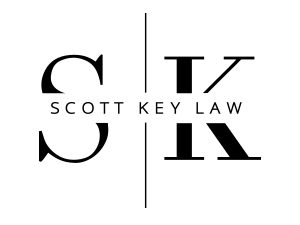iAnnotate PDF as a Transcript Reader
A couple of days ago I posted about using the iPad in my appellate practice. In that post, I mentioned that one solution for reading transcripts on the iPad is the iAnnotate PDF reader as an application. There are several applications out for iPad that allow you to read pdfs, including Goodreader and the iBook app itself. None of those apps worked very well for me in my appellate practice. None allow you to annote a pdf, view it, move in and out through email or dropbox, or display the document on to a projector.
iAnnotate pdf does all of those things. Even better, there are several ways to learn to use the application. Writing the iPad post a few days ago made me want to dig into the app a little more to see what it could do. YouTube abounds with videos to show you the basics and teach you the ins and outs. Let me highlight a couple:
- For a good basic introduction of the tools in the app as well as the use of iAnnotate with a projector or other vga output (I didn’t know it had that feature) is available from Tuescher lab. He demonstrates it as a way to view pdfs as slides and demonstrates annotation tools. A few weeks ago, a prosecutor who is using the iPad in court wanted to know what is available to post up photographs in court. I think that iAnnotate PDF might be the app for him.
- Note taking on PDFs on iPad versus paper. There’s a video from Stanford Medical School comparing note-taking on PDFs on the iPad versus pen and paper. The results of this mini-smackdown are pretty interesting.
- The developer’s introduction is also available on YouTube as well. In a couple of minutes, you can be up and running with the app.
The app is not perfect though. I found that it is currently impossible to annotate to scanned pdfs unless you run it through OCR, which I have found to be a pain. So, if you can get your transcripts emailed to you from the court reporter as a pdf or in an electronic format that you can convert to pdf, then you are in good shape. If a client has brought you an older transcript in hard copy form to review for habeas, you are going to be able to view the pdf but will have difficulty annotating.
It is stil a bit awkward to move documents into and out of the iPad. There is dropbox integration, but it is not ideal. I found it difficult to pull documents out of folders on Dropbox and into the application.
Still, it is a good tool for transcript annotation. Even without transcript annotation, I think it is a way to pack light and read PDFs. I could see myself dictating a transcript summary while reading from a transcript on the iPad.
So, far iAnnotate is the best PDF app I’ve come across. But there may be better solutions out there that I have not found yet. And there may be better ways to work this app than I’ve found already. I think that this area of iPad use will get better over time. I think the medical community is likely going to push for improvement to the iPad as a means to consume journals. The academic community is likely going to push for improvement as well as a means for students to read texts.
